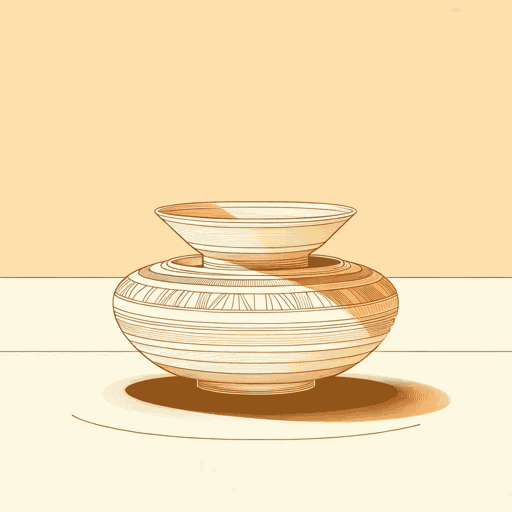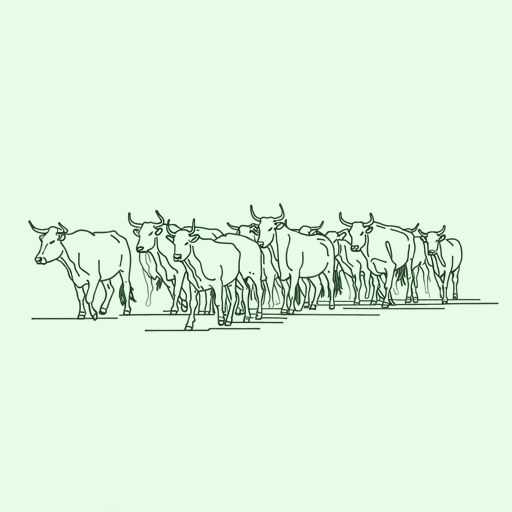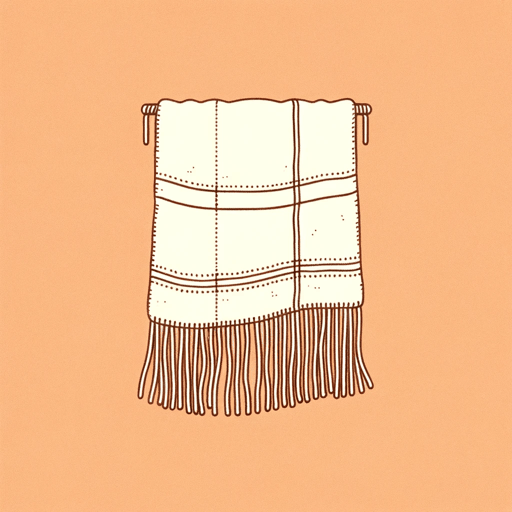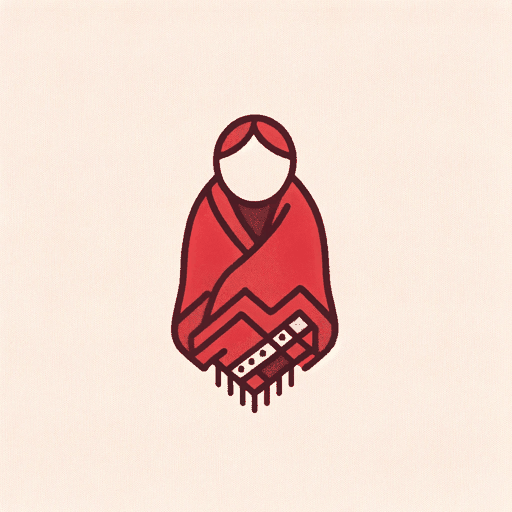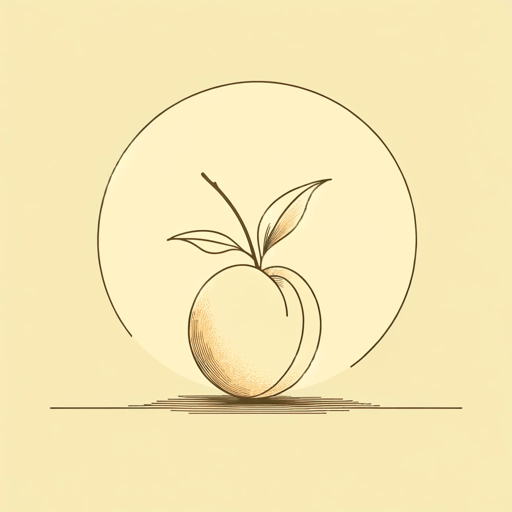60 pages • 2 hours read
Leslie Marmon SilkoYellow Woman and a Beauty of Spirit
Nonfiction | Essay Collection | Adult | Published in 1993A modern alternative to SparkNotes and CliffsNotes, SuperSummary offers high-quality Study Guides with detailed chapter summaries and analysis of major themes, characters, and more.
Chapters 17-20Chapter Summaries & Analyses
Chapter 17 Summary: “As a Child I Loved to Draw and Cut Paper”
Although she was not as adept as her classmates, Silko loved craft projects as a child, a passion which followed her into adulthood. She did not possess the realism necessary for a degree in visual arts, so she stuck with writing, which came naturally. Her father was a photographer, and after dropping out of law school, Silko took a photography class and a graduate English class which looked at the interplay between visual representation and text. Silko offers that the “tension between the word and the image goes back thousands of years in Europe and the Middle East” (167) via the fear of idolatry, although text is technically visual. In Western Europe, there is little harmony between the two mediums. Silko identifies children’s books and the work of William Blake as two exceptions to this. However, in Asia, these two mediums are not conflicted. Silko adds thatalthough photographs or video do not usually lie, they do depend upon words for specification and context.
The narrator’s project Sacred Water is interested in photographs that obscure meaning instead of revealing it, “so that the words do not overpower the odd minimalism of the pictures but instead depend upon the pictures for subtle resonance” (169).
Related Titles
By Leslie Marmon Silko
